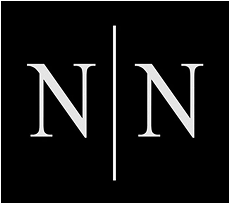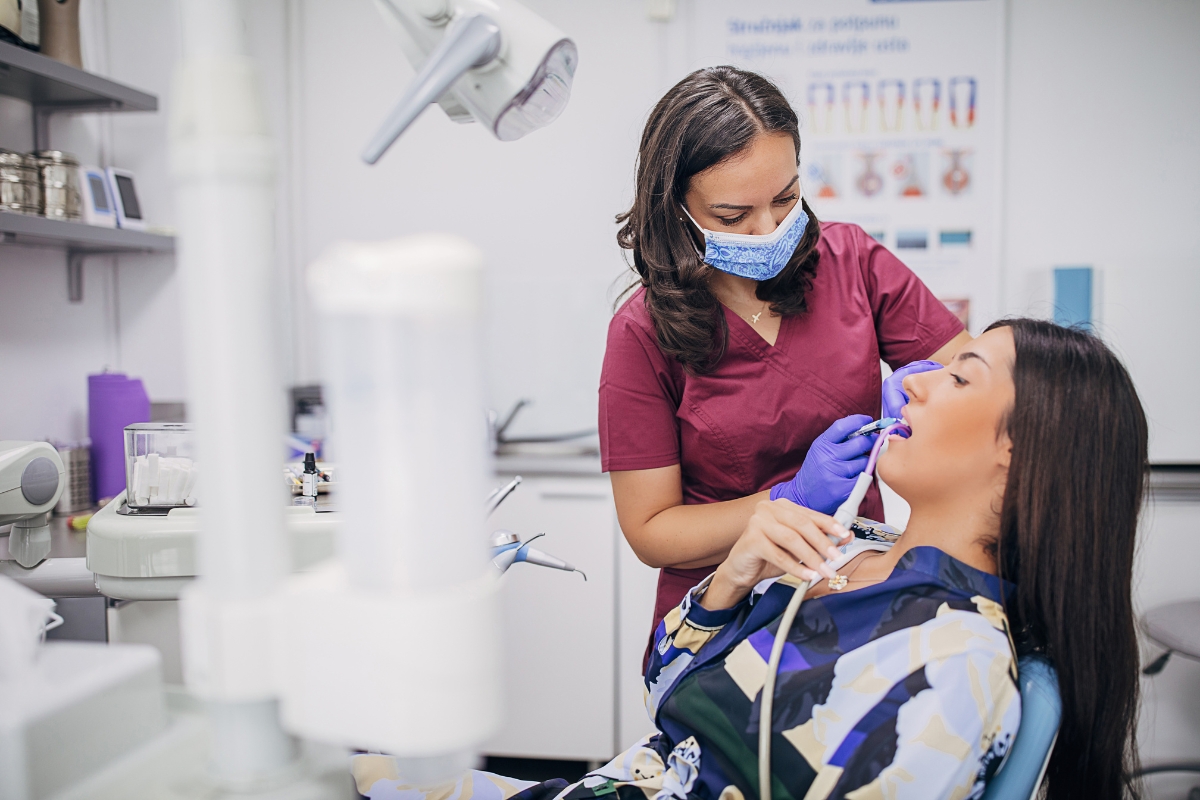
Your toothbrush serves your oral health well, but it just can’t reach everywhere. Food bits and plaque prefer to hide in those tight spaces between the teeth. Over time, these areas become the starting point for gum irritation and cavities. That is why interdental cleaning tools play so much role in your dental routine.
Why You Should Care
Plaque appears soft at the initial stage, but hardens into tartar if not removed on time. Toothbrushes cannot remove it once it turns into tartar. Professional cleaning can only take care of it, and by then, your gums would already be inflamed.
Research shows that brushing between the teeth once a day removes up to 80% of interdental plaque. Even modest reductions in plaque decrease your risk for gingivitis, tooth decay, and early gum disease. For the majority of patients, it also leads to fresher breath and fewer dental surprises during regular checkups.
When you brush those areas between your teeth, you’re not only protecting your smile, you’re reducing your risk for health problems linked with gum disease, such as diabetes and heart disease.
Which Tools Are Best for You
The best interdental cleaning tool is one that functions optimally for your teeth, your comfort, and your lifestyle. Most crucial is to choose something you will use every day because it’s consistent and maintains gum health.
String Floss
This traditional oral tool is perfect for those who have a minimal tooth gap. It removes plaque along the gum line and between teeth if used correctly. The “C-shape” method – forming a “C” around each tooth and sliding it under the gumline gently is the key to accessing areas your toothbrush can’t. It is tiny and inexpensive, though it does require practice and a steady hand to be used best.
Interdental Brushes
These tiny, bristled toothbrushes clear plaque from between the teeth and are especially handy if you’ve a greater tooth gap, you have recession on your gums, or dental work like bridges. The best dentist in Burbank is of the view that interdental brushes are better than string floss at removing plaque. They come in various sizes, so your dentist will let you know what size is ideal for your teeth.
Water Flossers (Oral Irrigators)
Water flossers use pulsating water flow to dislodge plaque between teeth and along the gumline. They are ideal for people with braces, implants, or limited dexterity. Not a substitute for toothbrushes, they lower inflammation and facilitate cleaning in difficult-to-access areas.
How to Choose and Use Dental Tools Effectively
A few practical suggestions simplify and enhance interdental cleaning:
- Match the tool to your teeth: Tight spaces may need floss; larger gaps may benefit from brushes or a single-tuft cleaner.
- Pick what you’ll use daily: Tools that feel comfortable and easy to handle are more likely to become part of your routine.
- Consider your dental work: Braces, bridges, and implants require extra care. Special brushes or water flossers often work best here.
- Be consistent: Cleaning between your teeth once a day, especially before bed, prevents plaque buildup overnight.
Even a few minutes each day can mean better cavity protection, healthier gums, and less time in the dental chair.
Your Role in Healthy Gums
Your dentist in Burbank will assist you in choosing the right instrument for your mouth and instruct you on how to use it. People who learn correct technique are far more likely to follow their at-home oral care regimen.
Choosing the top Burbank dentist requires someone who cares about your dental needs and clarifies your options to you. The best equipment and ongoing care put your smile on the right track in the long run.




